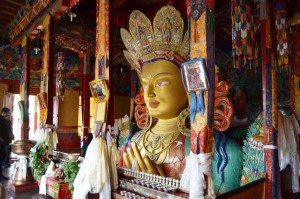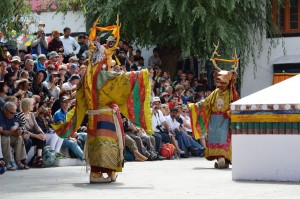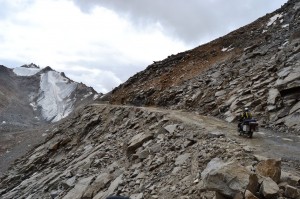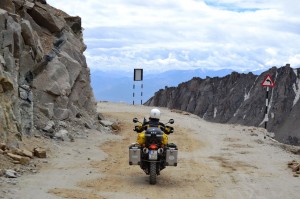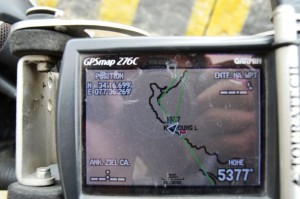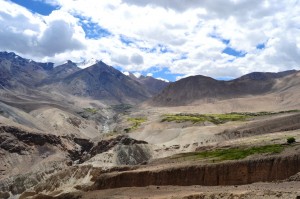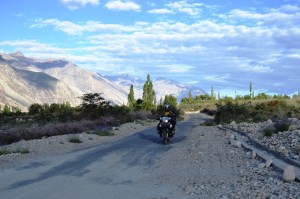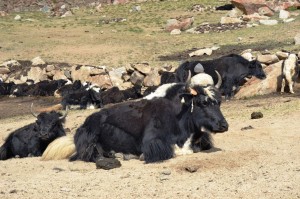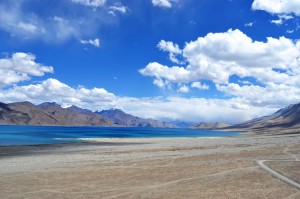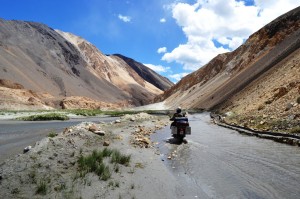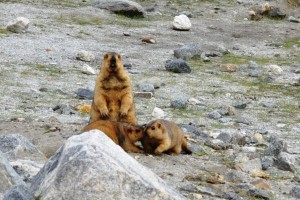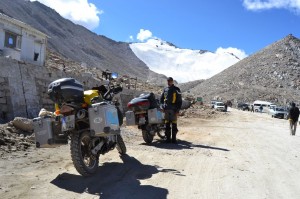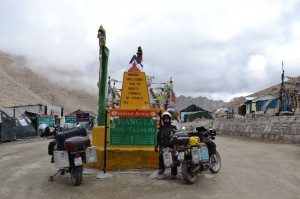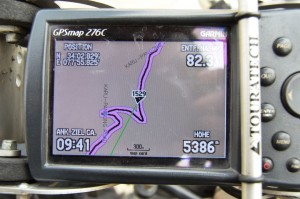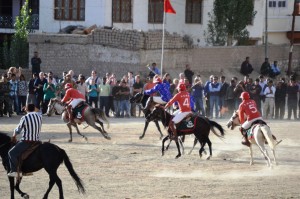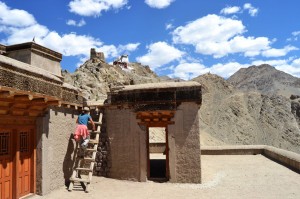Ladakh – completely different from the rest of India
September 19, 2012 in India, On the road
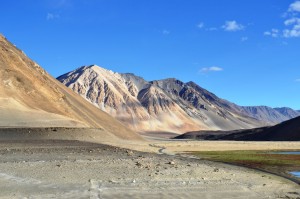 In the far north of India lies Ladakh. It is located in the middle of the Himalaya – between the disputed border with Pakistan and the border with China, respectively Tibet, which is disputed, too. The landscape of Ladakh is stunning with passes up to a breath-taking altitude of more than 5300 m. But also the district-capital Leh is already located at an altitude of 3500 m.
In the far north of India lies Ladakh. It is located in the middle of the Himalaya – between the disputed border with Pakistan and the border with China, respectively Tibet, which is disputed, too. The landscape of Ladakh is stunning with passes up to a breath-taking altitude of more than 5300 m. But also the district-capital Leh is already located at an altitude of 3500 m.
Ladakh is completely different from the rest of India. On the one hand, the area is mainly influenced by Buddhism, and on the other hand, the people and their culture are much closer to Tibet than to the rest of India. Apparently, it is the only region apart from Bhutan where traditional Tibetan Buddhism is still officially and actively practiced.
In total, we were about 3 weeks in this beautiful area. For us, it is quite difficult to leave this quiet and peaceful place with its friendly people, and to return to the noisy and hectic “real” India.
One expedition from Leh took us over the Khardung La (La means pass) to the Nubra Valley. The Khardung La is said to be the highest motorable pass in the world with 5602 m – but this is not true. Our GPS measurements have confirmed what we heard from other travellers before: the pass is “only” 5370 m high, which also corresponds to what Wikipedia is saying. The Nubra Valley itself is simply beautiful and definitely worth a visit (see the pictures). It is difficult to imagine in such a beautiful and peaceful area that there are still Indian and Pakistani soldiers pointing guns at each other at the Siachen Glacier, not far from where we have been – even though it has become rather quiet in this area during the last years.
Another excursion took us to the Pangong Lake. To get there we had to cross the Chang La (pass) which is according to the GPS 5380 m high. The lake lies in a high valley, at an altitude of 4300 m, and the area is originally populated by nomads only in summer. It is quite a big lake, which extends over many kilometres also into Tibet. Due to a border conflict with China, it is possible to travel to the lake and to stay there overnight only since a short period of time. The deep blue colour of the lake in combination with the many different brownish shades of the surrounding mountains is a spectacular view – especially when the light is always changing in the course of the day, and depending on the weather. On the way to the lake we met Yaks and Golden Marmots, we saw small quite lakes, crossed wild glacier streams, and we drove along steep cliffs. Often we had to stop ourselves taking pictures all the time – the landscape is so beautiful and every few meters another stunning panorama was opening up in front of us.
But Ladakh has not only its unique Landscape to offer. In Leh and the surrounding area we also saw a bit of the local culture and traditions. We visited Buddhist monasteries with lots and lots of temples, we watched traditional dances, we went to a polo match, and much more….
But now it is time to say goodbye to Leh – we have to continue before the weather is getting colder and it starts to snow on the higher passes.
